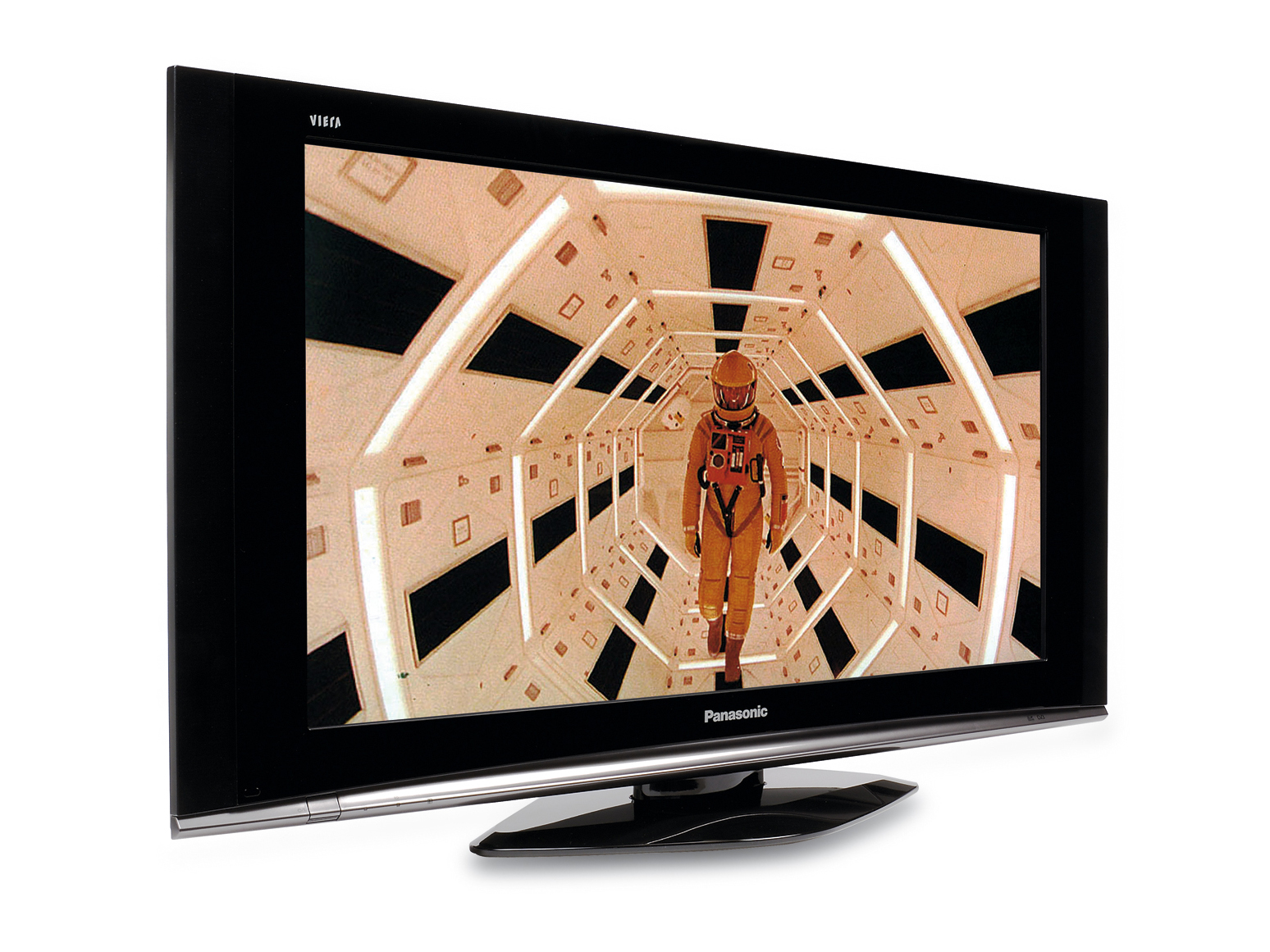TechRadar Verdict
Black levels could be better, but this is an impressive 37in Full HD LCD offering
Pros
- +
Low price
- +
Good connectivity
- +
Solid audio
Cons
- -
Weak black levels
Why you can trust TechRadar
Hang on a minute! We’d swear blind that Panasonic is a prime exponent of the ‘LCD technology is of little use on screens larger than 32in’ school of thought.
But the TX-37LZD70, Panasonic’s debut 37in LCD screen, is no mirage – it’s solid evidence of the continued popularity of this screen size and type of technology out there in punterland. The question is, can it scoop the sort of accolades that Panasonic is used to receiving for its plasma tech?
If we had any fears that the TX-37LZD70 was going to be a half-arsed concession to public demand, one glance at the feature list dispels them. Crunching the numbers, this £1,100 LCD TV dishes up 1920 x 1080 pixels, allowing it to wear its Full HD badge with pride. Weirdly, the TX-37LZD70 is compatible with the 1080p/24 video format now found on HD DVD and Blu-ray discs – unlike Panasonic’s new Full HD plasmas. Is the plasma leopard changing its spots?
Get V-Real man!
Driving this alluring LCD TV is Panasonic’s V-Real Pro 2 processing, of which we have high hopes. An Intelligent Scene Controller is part of this package, which automatically adjusts the backlight brightness and contrast based on an assessment of the incoming source signal.
This should have the effect of producing deeper black levels during darker scenes. Thanks to this, the TX-37LZD70 is able to claim a high contrast ratio of 8,500:1. We’re also encouraged by the incorporation of the latest IPS ALPHA panel into the TX-37LZD70’s make-up.
This new panel allows you to view the screen from really wide viewing angles without the drop off in colour and contrast that usually plagues LCD technology.
Strong connectivity also keeps up the good work. Twin HDMIs lead the charge, joined by component video connections, two Scarts (both RGB-enabled), PC input,as well as an SD card slot for viewing high definition digital photos.
Although the TX-37LZD70 sounds a killer on paper, the proof of the pudding is in the viewing, so we cracked open our HD DVD copy of Kubrick’s sci-fi classic 2001: A Space Odyssey and sat down to gorge on hi-def. Getting the good times rolling are some bright and clean moving images, impressive colours and good levels of detailing without irritating noise. Backgrounds are also nicely rendered, ensuring that images look suitably 3D.
Unfortunately, the Achilles Heel of the TX-37LZD70 is the same weak spot that claims many an LCD victim – black levels. It’s a little disappointing to see greying over of blacks creeping into the proceedings. This reduces the depth of dark images and obscures some background detailing.
It’s by no means a disaster area, but when we’ve been so spoiled in the past with Panasonic’s ground-breaking black levels that some of its finest plasma screens have effortlessly served up, it’s a little bit of a surprise. That said, the black level problems aren’t as prevalent when watching standard-definition TV.
Taking the low price road
But when taking into account the relatively low asking price for a Full HD 37-incher, the black levels don’t seem that problematic. Combining a good overall picture performance with some solid audio, we feel that Panasonic has a winner on its hands here.
We’re just more eager to see what the manufacturer is able to deliver next time in the LCD TV department, as the TX-37LZD70 has certainly made a strong initial impression.
The TechRadar hive mind. The Megazord. The Voltron. When our powers combine, we become 'TECHRADAR STAFF'. You'll usually see this author name when the entire team has collaborated on a project or an article, whether that's a run-down ranking of our favorite Marvel films, or a round-up of all the coolest things we've collectively seen at annual tech shows like CES and MWC. We are one.
